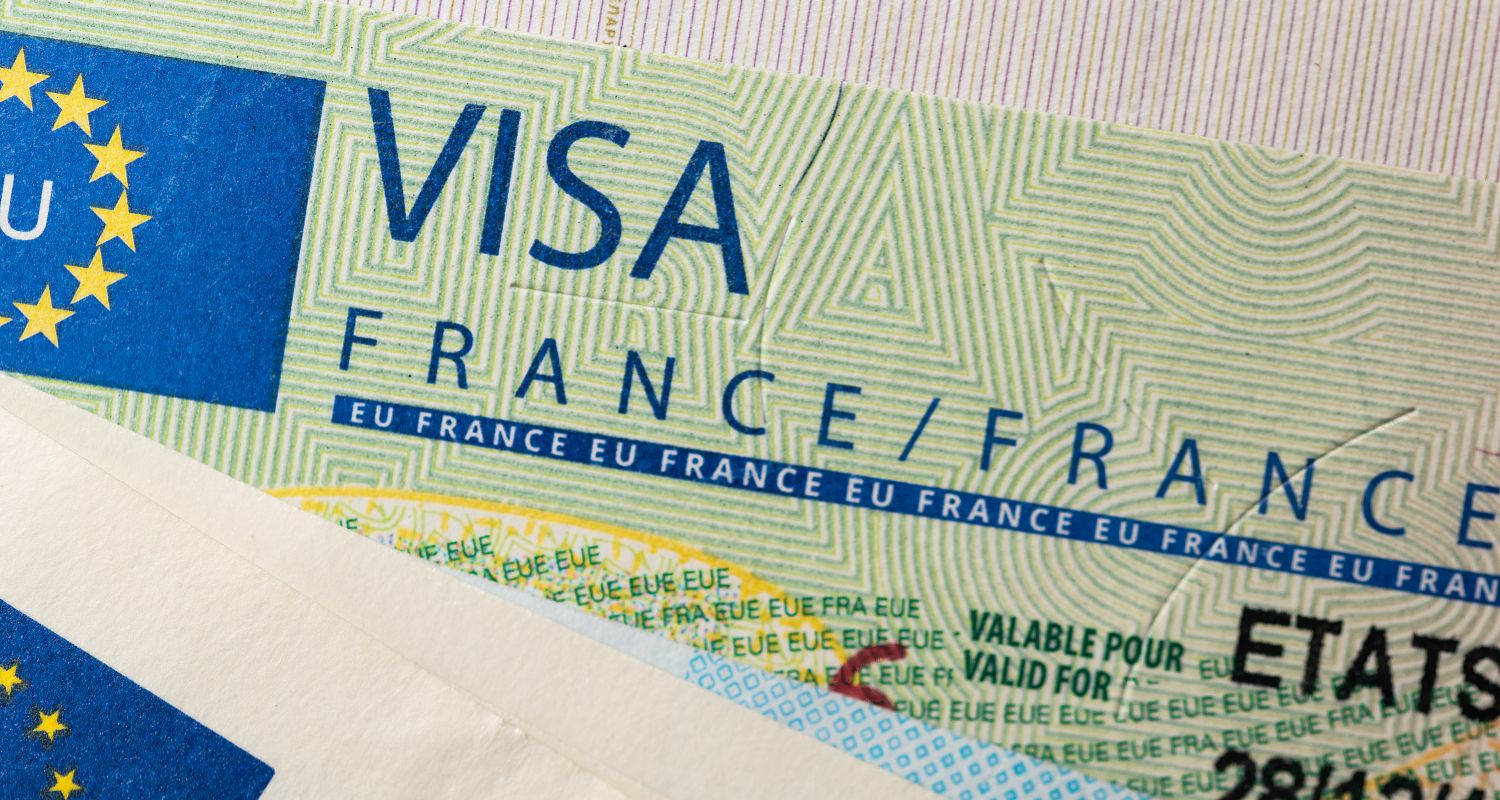An increasing number of travelers choose to visit a city because they have read about it in a book, or vice versa, discovering the literature of a country after having a city they found fascinating. Bit has always promoted the cultural content of tourism and dedicated special attention to the union between cultural tourism and city breaks, promoting a book featuring some of the most beautiful museum houses in Italy.
A long-distance love affair that sooner or later happens to all of us: we read a book that we particularly like, set in a city we have never visited. And so we immediately decide to go and see it for ourselves. Or vice versa, we visit a city and find it fascinating and back home we look up and read books that talk about it.
The link between culture and travel dates way back, at least to the period of the Grand Tour of the Romantic geniuses, from Goethe to Byron and Shelley. But today it is enjoying a new golden season thanks to “mass elitism” that has brought destinations with a wealth of cultural stimuli within everybody’s reach. Figures from the Ministry for Cultural Assets and Activities also confirm that the demand for cultural tourism is on the up: during the Epiphany 2010 holidays, the top thirty cultural state-run sites saw a 10.82% increase in visitors compared to 2008 and even gross income was up by 12.82%, reaching a total of € 172,472.
CITY BREAK: CITIES IN THE LIMELIGHT – Cities are the real main players of this phenomenon: According to the Ipk World Travel Monitor, city breaks today, in other words short medium-range holidays discovering the most beautiful cities, account for 40% of the total of overnight stays in Europe and 20% of income deriving from international tourism. A trend that also represents a growth opportunity for these destinations: according to Istat (Italy’s central statistics institute) and Federculture (the federation of public services for culture, tourism, sport and leisure time), cultural tourism, in particular in cities, has resisted the crisis and stands as the most deseasonalised form of tourism. Turin is an exemplary case , where investments in the cultural sector over recent years have led to a return quantified as 1.7 billion euro, equal to more than 4% of this area’s GDP (source: national conference of councillors for culture).
Cities therefore, are a good match for culture. A few examples? Loyal readers of James Joyce visit Dublin and follow exactly in the footsteps of Ulysses and those nostalgic for Central Europe explore Prague in a search for traces of Franz Kafka. But there is more than literature: the archi-star Santiago Calatrava attracts visitors to his Valencia and the surreal visions of Salvador Dalì are a magnet for hoards of art fans in the streets of Barcelona, while the bright colours and decisive brushstrokes of Vincent Van Gogh are Amsterdam’s fortune. And then, why not, fans of Sex and the City relive the adventures of their four heroines on the streets of New York.
A PARADIGM: MUSEUM HOUSES – And while the modern trophies of these versions of the Grand Tour are gifts bought in museum shops, travellers in the past were also great collectors who, thanks to the works of art they brought home, they gave rise to splendid residences of art. Which in many cases have today become extraordinary museum houses. Like Gian Giacomo Poldi Pezzoli did with his Museum that, already open to the general public in Milan in 1881, is one of the most important museum houses in Europe, a good example of one of the finest 19th century collections: from the fifteenth-century Lombardy maestros (Luini, Boltraffio, Solario) to masterpieces by Pollaiolo, Piero della Francesca, Botticelli, Mantegna, Bellini and Cosmè Tura through to eighteenth-century paintings (Guardi and Canaletto) and exceptional collections of decorative arts.
BIT AND SECTOR CULTURE – A unique moment of fusion between the personal experience of the traveller and the collective use of art and culture, the museum house is a paradigm of that cultured tourism that represents an increasingly more important segment in the sector. This is why Bit, in line with its history and tradition that sees it protagonist of tourism not only as a venue for business but also as an opportunity for meetings and cultural debate, has decided to celebrate its thirtieth anniversary by promoting, in Italy and abroad, a small refined book entitled Case Museo in Italia. Nuovi Percorsi di Cultura (Museum Houses in Italy. New Paths of Culture), which narrates and illustrates, through spectacular photos, some of the most important museum houses in every region in Italy. An area at Bit (Hall 1) has been dedicated to this initiative, with a display of the best pictures from the book.
Edited by Rosanna Pavoni, professor of museum science and expert in historical homes, and published thanks to contribution by the Ministry for Cultural Assets and Activities, this book, which aims to enhance the new paths that run through the heritage of culture and the traditions of Italy, is the ideal link to the Bit mission that, as part of its multinational and multi-sector identity, has always represented the best context for expression of historical-artistic specificities in all the Regions in Italy. For information: www.museumartconsulting.com.
The 30th edition of Bit – International Tourism Exchange will be held at the fieramilano exhibition centre in Rho from Thursday 18 to Sunday 21 February 2010. For information updates: www.bit.fieramilano.it .
WHAT TO TAKE AWAY FROM THIS ARTICLE:
- BIT AND SECTOR CULTURE – A unique moment of fusion between the personal experience of the traveller and the collective use of art and culture, the museum house is a paradigm of that cultured tourism that represents an increasingly more important segment in the sector.
- An increasing number of travelers choose to visit a city because they have read about it in a book, or vice versa, discovering the literature of a country after having a city they found fascinating.
- MUSEUM HOUSES – And while the modern trophies of these versions of the Grand Tour are gifts bought in museum shops, travellers in the past were also great collectors who, thanks to the works of art they brought home, they gave rise to splendid residences of art.






















